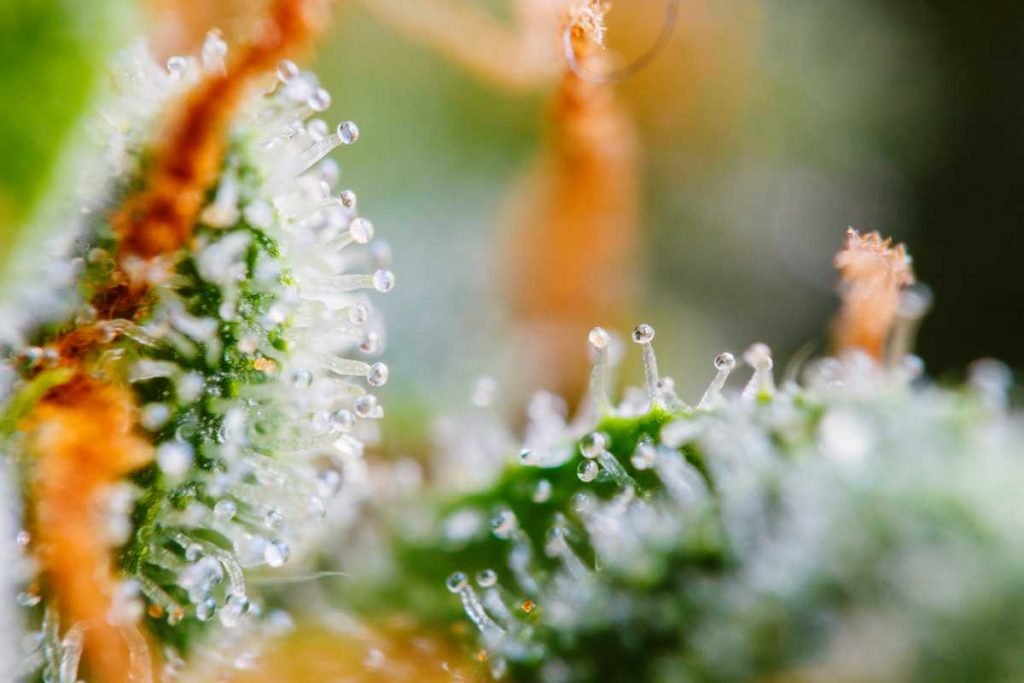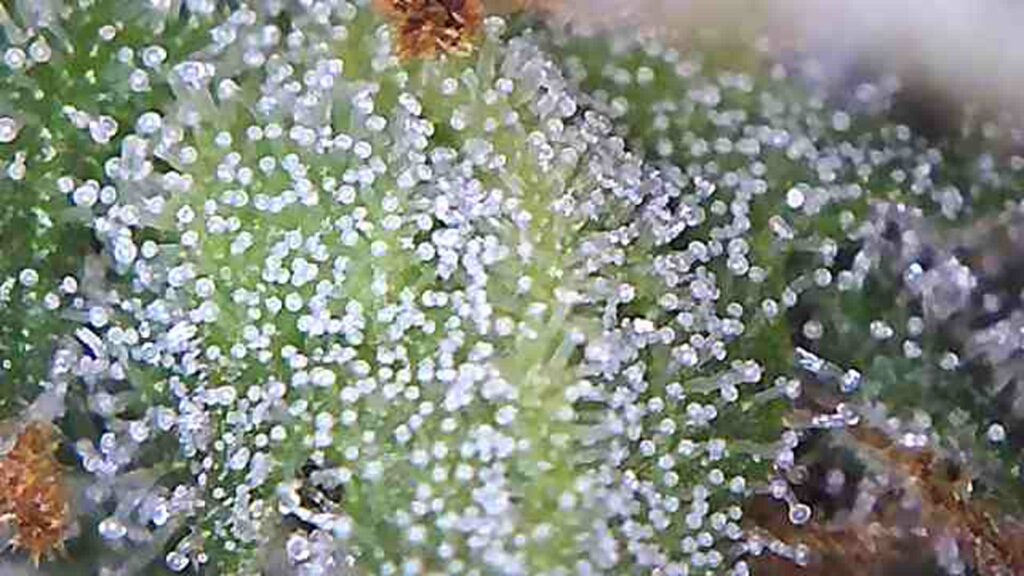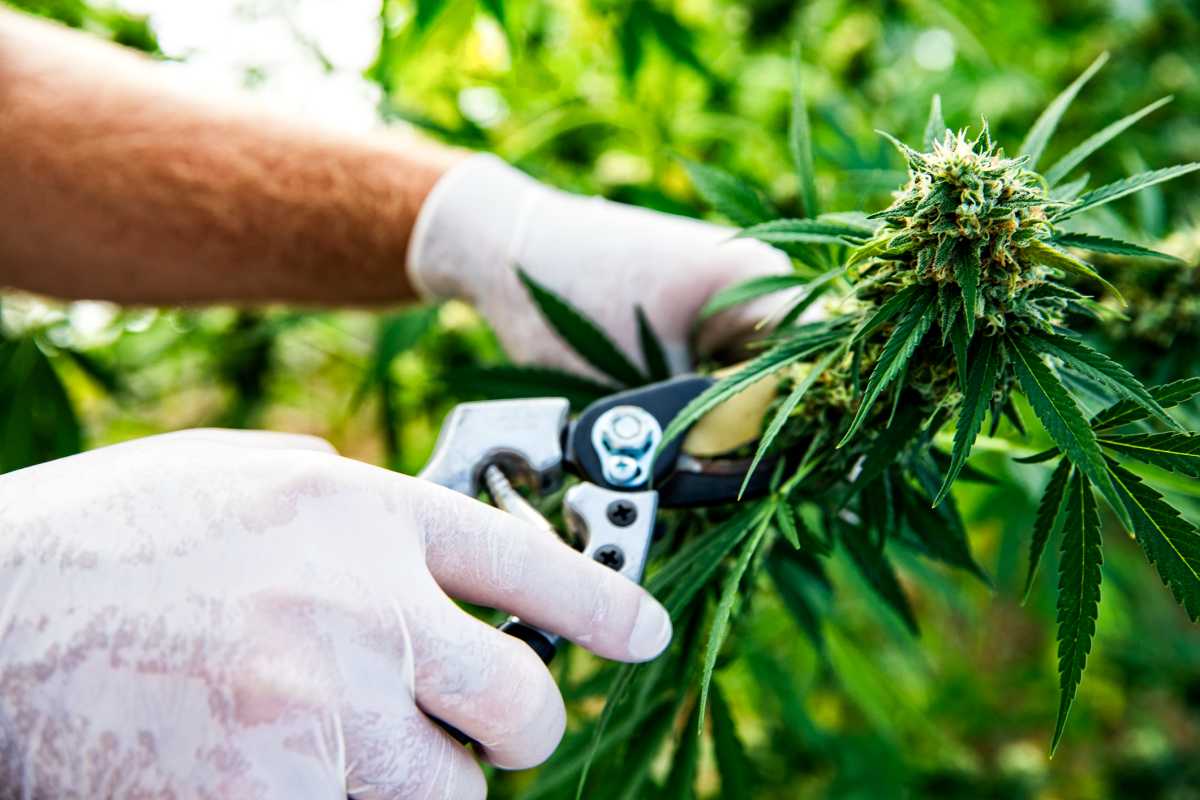Growing cannabis comes with strict timelines. And no time is more critical than harvesting time. It can either break or make your growing experience. Waiting too long to harvest, just like harvesting too early, can hurt the quality of your yield considerably.
If you harvest at the right time, you reap the benefits of your hard labor and get more value for the resources you put into the growing project.
On the other hand, if you wait too long to harvest your cannabis plants or harvest them too early, you’re bound to lose essential compounds from the buds.
Knowing when to harvest is a skill that involves observing your plant’s progress and nipping the buds when the time is right. But how bad can it get? How does waiting too long for the buds affect their overall quality? Let’s find out!
What Happens If You Wait Too Long To Harvest Your Cannabis?
When you wait too long to harvest, the THC begins to degrade, resulting in a more lethargic high. When the buds stay on the plant too long, THC turns into CBN, a compound that’s known for its sedating effect. CBN is responsible for the couch-lock high— a less vibrant high that pulls you towards sleep.
Also, some strains are more susceptible to self-pollination. This spoils your chances of harvesting sinsemilla— seedless buds, when left for long before harvesting.
Harvesting late alters the effects from your buds. Sativa-dominant strains are known for a mellow, energetic high that most stoners enjoy. However, when harvested late, even sativas will give a drowsy, lethargic high that indica-dominant strains are known for.
Though sativas take longer than indicas to mature, sometimes you wait for too long, and the buds’ THC levels reduce, lowering their potency.
If you’re going for the couch-lock high, then fine, but if you want the full-body, vibrant high, you better harvest on time.
Harvesting too late also means your buds are left exposed for longer to the ravages of the environment. Late harvesters, more often than not, fall prey to mold.

The plant will also begin to senesce, and with that comes bud rot— a natural process that happens when the plant nears the end of its lifespan.
I wrote a lengthy article explaining the dangers of flowering for too long. It delves deeper into the matter and helps you know when to harvest at peak potency. Please, check it out!
A Peek Into THC Degradation
THC degradation is no indication that your buds are inferior or that their growth condition wasn’t optimal. It’s something that happens naturally after harvesting.
Because of the volatility of the cannabinoid compounds, you should dry and cure your buds appropriately.
When you rush the process, you hasten the degradation, making your buds less suitable for consumption.
On the other hand, when you dry your buds slowly and cure them appropriately, you can retain and keep the essential cannabinoids.
Slow drying also ensures the buds retain their original smell because the terpenes aren’t evaporated as it happens with quick drying. This enriches your weed experience.
THC degradation, thus, happens naturally but can be tamed and kept in control when you harvest on time and give your buds better care after harvesting.
If you leave the buds on the plant for longer than they should, THC turns into CBN. Harvest time influences the amount of THC in the buds at harvest, but these other conditions can hasten the degradation process before and after harvest;
High Temperatures Degrade THC
THC, unlike terpenes, cannot be evaporated from the buds, but when you expose your buds to high temperatures for a long time, it initiates decarboxylation.
Decarboxylation is the process through which the non-psychoactive precursor to THC, THC-A, is converted to THC.
This process is essential when you’re prepared to use the buds right away, but not when they’re intended for storage. Once the THC-A is converted to THC, it begins to degrade.
Decarboxylation is what gives you a high. The buds must be exposed to high temperatures to activate the intoxicating compound, THC.
You get high if you smoke a joint; the same can’t be said if you chewed it. You have to heat it to turn THC-A to its psychoactive form, THC, then get high!
Exposure To Light Degrades THC
Keeping your buds out of light is one sure way to prolong their lifespan. When exposed to light, the buds begin to degrade.
Light comes in different spectrums, and while already harvested buds can’t photosynthesize anymore, UV rays hasten the breakdown of the bud’s components, reducing THC concentrations.
Light might be essential during plants’ growth, but after harvesting, it is the thing you should avoid most.
Exposure to light won’t only degrade the cannabinoids. It also hastens terpene loss, altering the aroma and taste of your buds.
Oxidation Degrades THC
Your buds are better off kept in airtight mason jars. When kept in the open, the buds will be subjected to oxidation that depletes the cannabinoid content, degrading your buds.
Before you think about storing the buds, also make sure to limit the buds’ interaction with air throughout the curing process.
Time your burping sessions favorably because long exposure to the air hastens THC degradation through oxidation.
After proper curing, keep the buds in an airtight container. It also helps you control humidity as no moist air reaches your buds.
How Do You Know When To Harvest Cannabis?
The best way to tell when to harvest is to examine the trichomes’ color changes. Use a jeweler’s loupe to view the trichomes closely, harvest when 70% of the buds have turned milky white. If you wait until the trichomes turn amber, most THC shall have degraded into CBN.
Using the jeweler’s loupe to examine the trichome color changes is the most reliable way to tell when to harvest.
Sometimes, those who grow for medicinal use leave their buds a little longer because CBD takes a little longer to mature, but most growers want to harvest while THC is at its absolute peak.

Though some growers observe the color changes on pistils to inform their harvesting time, it isn’t a reliable method. If you decide to use it, harvest when 70-85% of the pistils have turned brown/reddish.
If you wait until 90+% of the pistils have turned brown and curled, the THC will have degraded considerably, resulting in a couch-lock high.
What Happens If I Harvest My Cannabis Too Early?
When you harvest your buds too early, you detach them from the plant before they are nourished and matured enough. Early harvesting gives you immature, less potent buds because they haven’t reached peak THC concentrations.
Harvesting early is just as counter-productive to your harvest as harvesting late. Both extremes deny you the chance to enjoy your buds at peak potency.
I realised some novice growers leave their buds on the plant for long in hope that they will fatten up. This is entirely wrong. Perhaps you should this article on ways to fatten your buds before harvest. It helps!
Can You Harvest With White Pistils?
You should never harvest when the pistils are white because the THC shall not have matured enough to be harvested. At white pistils, the buds will still need a couple of weeks to withdraw essential nutrients from the plant to nourish the buds, potentiate the cannabinoids, and pronounce the terpenes.
Wait until 70-85% of the pistils have turned brown/reddish before harvesting your buds.
In conclusion, harvesting either too early or too late will reduce the quality of your yield significantly. Harvesting too late degrades the THC, reducing your bud’s potency while harvesting early gives you immature, less potent buds.
External References:
- https://pubmed.ncbi.nlm.nih.gov/14987422/
- https://cryocure.com/drying-cannabis/thc-degradation/
- https://wayofleaf.com/cannabis/growing/right-time-to-harvest-cannabis
- https://www.royalqueenseeds.com/blog-is-it-better-to-harvest-your-cannabis-early-or-late-n1001
- https://www.wikileaf.com/thestash/degradation-thc/

